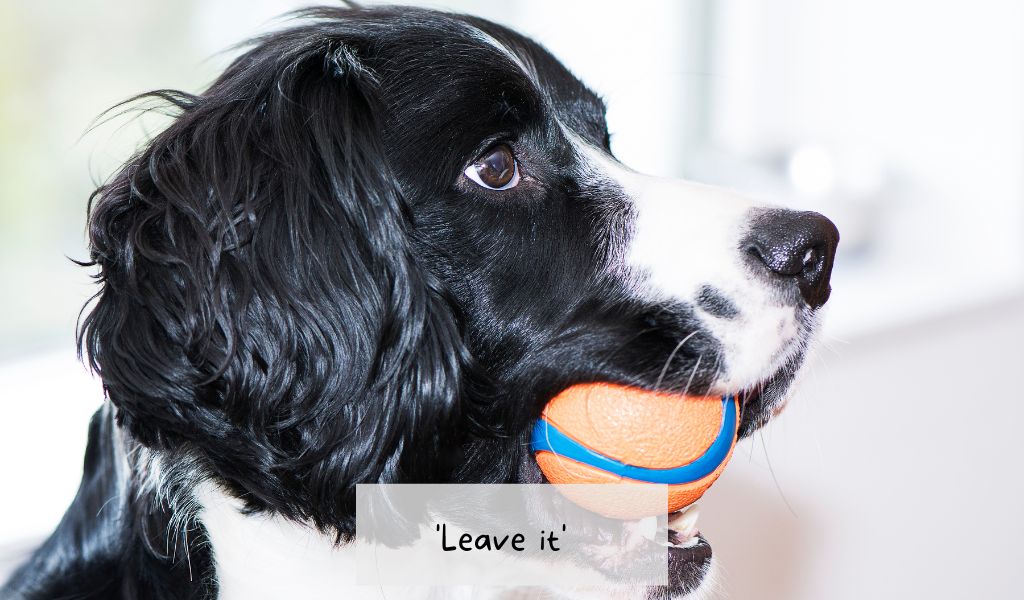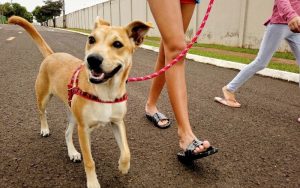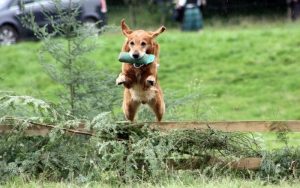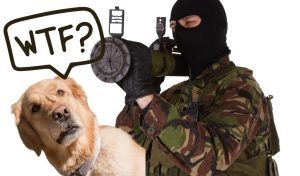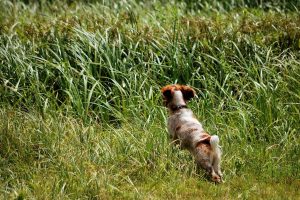Training your dog to obey the “leave it” command is an essential part of responsible pet ownership.
Not only does it help keep your pet safe, but it also teaches them self-control and respect for boundaries.
Teaching a dog this important command doesn’t have to be difficult – with a little patience and consistency, you can teach your dog how to leave things alone in no time.
In this blog post, we will provide you with a step-by-step guide on how to train your dog to leave it, so that you can get started right away.
The concept of teaching a dog to ‘leave it’
Teaching a dog to ‘leave it’ is an important skill to have in any canine training regimen, as it prepares your pet for responsibly navigating the world outside their home.
The command basically asks them to leave something alone, such as food dropped on the floor or a toy they’re interested in grabbing.
Generally, ‘leave it’ training occurs using positive reinforcement.
You give your pup verbal cues and apply rewards when they react correctly – encouraging them further into understanding the concept of leaving tempting treats or items alone.
The process continues with gentle guidance and repetition and as always, consistency is key.
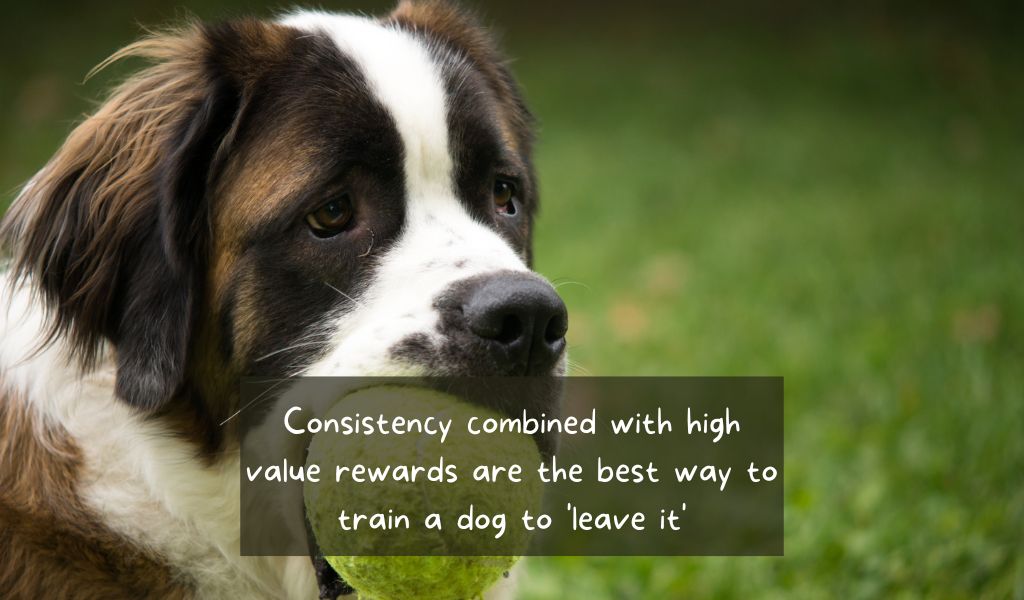
Why the leave it command is important
Training your dog to respond to the “leave it” command is an important part of instilling good behaviour.
Not only does it reinforce their obedience and understanding of commands, but it also gives them a clear option when faced with a tempting situation that may be dangerous or inappropriate.
Teaching your dog the leave it command will help them to avoid potentially harmful items such as food that has gone bad, aggressive animals, and objects that should not be chewed on.
Additionally, once trained properly, this command can be used along with other commands like sit or stay to ensure they remain focused on you and do not become distracted by things around them.
At a glance
• Training a dog to leave it is an essential command that can help to keep your dog safe.
• Benefits include safety and the ability to build on more advanced commands.
• Steps to teach the command involve choosing a high-value reward, practicing regularly, increasing difficulty and consistent use of the command.
• Common mistakes include not using high-value rewards, rushing the training and not being consistent with commands and hand signals.
Step-by-step guide on how to train your dog to leave it
1. Start by introducing the concept of “leave it” to your dog.
This can be done through verbal cues and positive reinforcement.
Allow your pup to approach an object, toy or treat and then call out “leave it” when they get close.
Reward them with a treat if they obey.
2. Increase the difficulty over time.
Once your dog understands to “leave it” in simpler settings, you can start introducing more complex scenarios.
Try having them leave items in front of other dogs, people or other animals.
3. Give verbal cues consistently and reward good behaviour.
As you increase the difficulty, be sure to give the same verbal cues each time and reward your pet for following commands.
4. Introduce distractions.
When you feel your dog is ready, start introducing distractions while they are practicing “leave it”.
This can be done by having other people or animals around, or by playing music in the background.
These will help to test their level of understanding and by creating distractions you embed the training more fully.
5. Take it outside.
When your pup is comfortable with the concept of “leave it” indoors, start taking them to places with more distractions.
This could be a park or busy area where they may encounter other animals or objects that you want them to ignore. Give them verbal cues and reward them for following instructions.
Create variety during your training sessions using different objects. When you are out with your dog look for opportunities to practice the leave it command – but don’t overdo it.
Canvas dummies are ideal for this training



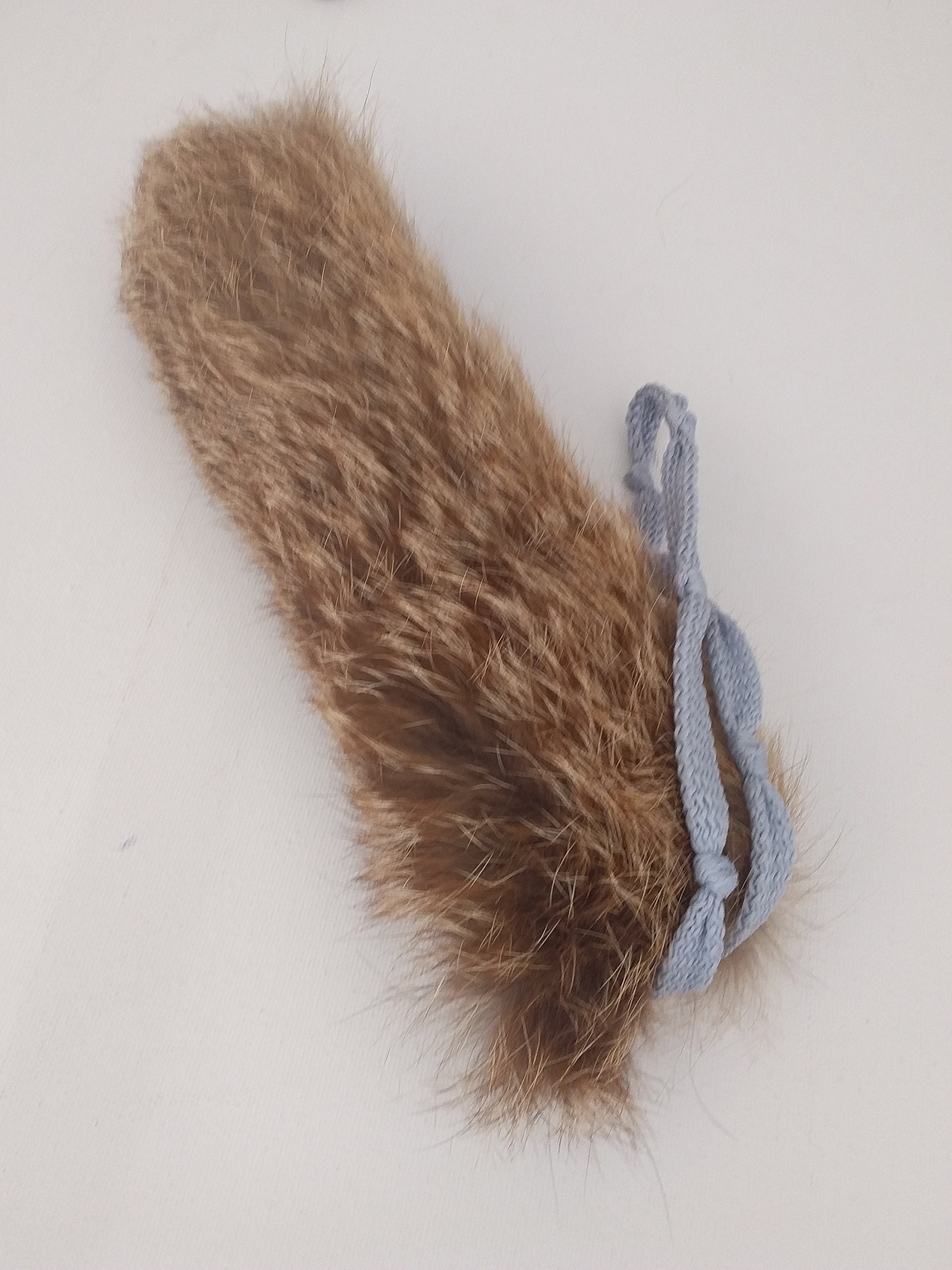


Troubleshooting Tips
Tips for troubleshooting common issues that may arise during training sessions:
• If your pup is having difficulty understanding the “leave it” command, try using a hand signal to give them additional cues.
• Don’t be too harsh if they fail – instead, provide positive reinforcement when they get it right and gradually increase the difficulty of tasks.
• Make sure you are consistent with verbal cues, rewards and punishments. Your pup needs to recognize what they’re being asked to do in order to learn it properly.
• If your dog is getting too distracted by other items or animals, try using a leash or halter to keep them focused.
• Take regular breaks during training sessions – this will help reduce the risk of your pup becoming overstimulated or frustrated.
• End each session on a positive note by rewarding them with treats and praise when they get it right.
Ways to reinforce the command
• Continue to use verbal cues, hand signals and rewards during everyday activities.
• When taking your pup for a walk, practice the “leave it” command when they stop to sniff something or move in the direction of an object or animal.
• Make sure to reward good behaviour with treats and attention so your pup knows they have done something right.
• Take time to practice the command in different settings and distractions, such as a park or busy area.
• Establish a routine of review sessions where you can go over commands such as “leave it” with your pup and reward them for getting it right.
• Reinforce good behaviour by praising your pup when they obey and ignore distractions.
• If you notice any signs of regression, take a step back and review the basics before moving on to more difficult tasks.
Final Words
Training your pup to “leave it” is an important step in establishing successful communication and a strong bond between you and your pet.
By following the steps outlined above, you can effectively teach your pup this command and ensure they understand when asked to leave something alone.
With consistent practice and positive reinforcement, your dog will soon learn this valuable skill and be able to obey commands even in more complex situations.

